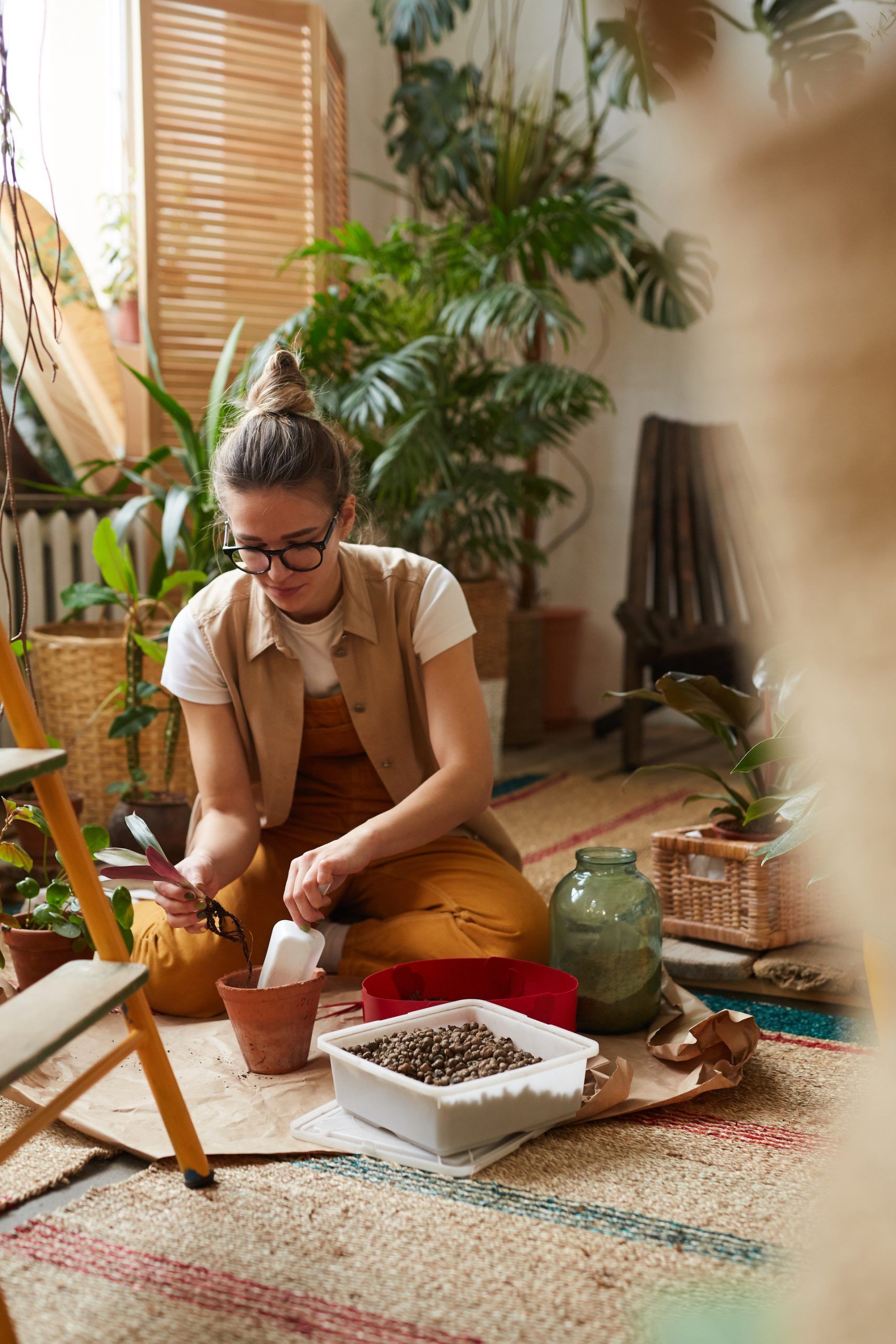The creation of low-allergen gardens is a growing trend in urban UK, and more than ever, individuals are seeking to understand how to strategically choose plants to minimize the risk of allergies. Whether you’re an urban dweller with a small balcony space or a keen gardener with a larger plot, the choices you make concerning your plants can significantly impact allergenicity.
In this comprehensive guide, we will explore the world of pollen, the prime suspect in causing allergies. We’ll delve into the intricacies of plants, trees and flowers, providing you with the information you need to make informed decisions for a low-allergen urban garden. Throughout this article, we rely on trusted sources such as Google Scholar, PubMed and Crossref for our research.
A lire aussi : How Can You Maximize Herbal Yields with Indoor Hydroponics in the UK?
Understanding Pollen and Allergy Implications
The term ‘pollen’ is no stranger to those who suffer from allergies. Often invisible to the naked eye, these microscopic particles are released by plants, particularly male species, during their blooming season. While pollen is vital for plant reproduction, it’s also a common cause of allergies.
According to research on PubMed and Google Scholar, not all plants are created equal when it comes to allergenic potential. Some species have more allergenic pollen than others due to differences in their protein composition. In addition to this, some plants are wind-pollinated, which means their pollen is dispersed into the air, potentially causing allergic reactions in susceptible people. In contrast, insect-pollinated plants produce sticky, heavy pollen that is less likely to be airborne and cause allergies.
A lire aussi : How to Set Up an Efficient Compost Tea Brewing System in Your UK Home?
Choosing Low-Allergen Plants
Before selecting your plants, you need to understand that it’s not just about the plants themselves. The soil in which they grow also plays a significant role in allergenicity. A study on Crossref highlighted that urban soil often lacks the diversity of rural or forest soils, which can lead to higher allergenicity in urban plants.
One solution is to opt for female plant species. These plants do not produce pollen and therefore have a lower allergenic potential. Some examples of female plants include the willow tree (Salix species) and holly (Ilex species). When it comes to flowers, opt for those with bright, showy petals, as they are typically insect-pollinated and pose a lower allergy risk. These include roses, daisies, and sunflowers.
Choosing Low-Allergen Trees
Trees can be significant contributors to pollen allergies, especially in urban settings where they are often planted for their positive environmental impact. However, certain tree species are better suited for a low-allergen garden.
According to a study cited on Google Scholar, female trees of many species produce no pollen and are therefore a good choice for those wishing to limit allergens. Examples include female cultivars of the ash tree (Fraxinus species), and the poplar tree (Populus species).
It’s also beneficial to consider the time of year that trees release their pollen. For example, oak trees are known for their high pollen counts in the spring, so they might not be the best choice for a low-allergen garden.
Choosing Low-Allergen Flowers
Flowers are often the highlight of any garden, but they can also be a major source of allergenic pollen. Based on research from PubMed, choosing insect-pollinated flowers is a safe bet for a low-allergen garden.
For a colourful, low-allergen garden, consider planting flowers like snapdragons, petunias, and zinnias which are all insect-pollinated. Avoid wind-pollinated flowers, which include many types of grasses and grains, as well as certain trees and weeds.
Maintaining a Low-Allergen Garden
Once you’ve selected your low-allergen plants, trees, and flowers, maintaining your garden is just as important. Regular watering can help to keep pollen levels down. Also, consider incorporating a diversity of plants to increase soil health and decrease allergenicity.
In urban areas, where space is often limited, container gardening is a popular choice. This allows for better control over the soil and the types of plants in your garden. It’s also easier to remove a plant if it turns out to be a problem for allergy sufferers.
Remember, creating a low-allergen garden isn’t just about avoiding certain plants and trees. By understanding pollen, allergenicity and the role of soil, you can make more informed choices for a greener, healthier urban living space.
Low-Allergen Garden – Tips and Tricks
While the previously discussed sections focused on the choice of plants, trees and flowers, creating a low-allergen garden also involves particular gardening practices. According to a free article on PubMed, keeping the garden well-maintained and adopting certain habits can significantly reduce the potential allergenicity.
One of the key recommendations from the article is regular watering. Keeping your plants well-hydrated, especially during the pollen season, can help to reduce the amount of pollen they release into the environment. This not only benefits allergy sufferers, but it’s also good for the overall health of your garden.
In addition to watering, consider the position of your plants. Optimal placement of plants can make a big difference in allergenicity. For instance, placing wind-pollinated plants further away from windows and doors can help limit the amount of pollen that enters your home.
Lastly, consider the timing of your gardening activities. Activities such as mowing the lawn or pruning can release large amounts of pollen into the air, so try to schedule these tasks for later in the day when pollen counts are typically lower. It’s essential to keep these tips and tricks in mind while maintaining your low-allergen garden.
In Conclusion: A Breath of Fresh Air
In conclusion, designing a low-allergen garden in urban UK involves more than just plant selection. It’s about understanding pollen and its allergy implications, making careful plant, tree and flower choices, and maintaining your garden in a way that reduces potential allergenicity.
From scientific databases such as Google Scholar, PubMed and Crossref, we’ve gathered ample evidence supporting the allergenic potential of different plants. We now understand that wind-pollinated plants pose a greater risk to allergy sufferers compared to insect-pollinated ones. We also learned that the soil in urban areas can contribute to increased allergenicity, and that a diversity of plant species can help mitigate this.
Furthermore, we’ve identified several plant, tree and flower species that are a good fit for a low-allergen garden. Some of these include female trees like the ash and poplar, and insect-pollinated flowers like snapdragons, petunias, and zinnias.
Lastly, we’ve explored some tips and tricks for maintaining a low-allergen garden, from regular watering to strategic plant placement. The journey to creating a low-allergen garden does require some research and planning, but the end result – a breath of fresh air in the urban environment – is definitely worth it.
















